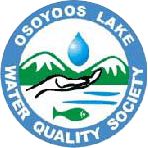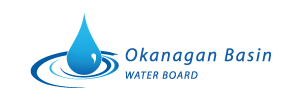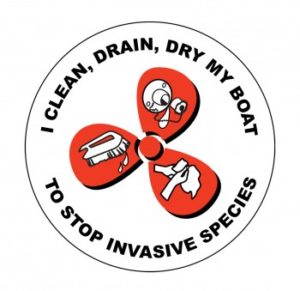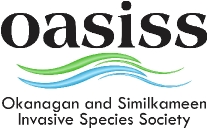Aquifers
Aquifers are naturally porous underground reservoirs of rock, sand, gravel or soil that filter and store clean, pure water which can provide a viable supply of drinking water for a community. Most pollutants are filtered out by wetlands, tree roots, stones, gravel etc. as the water percolates slowly downward through the soil – in fact, aquifers contain almost no bacteria.
Unlike surface reservoirs such as Osoyoos Lake, there is no silty mud to cloud the water, no pollution from boaters and lakeside developments, and no evaporation of water by the sun. So water from aquifers is as pure as you can get, and crucial to any community.
To tap the groundwater in an aquifer, wells are dug until they reach the top layer of the aquifer. The water table is not flat as its name suggests. It has peaks and valleys that echo the shape of the land above. When a lot of water is pumped from an aquifer, or when there is a dry spell, the water table sinks lower. It can take many years, or even centuries, for an aquifer to replenish itself, and aquifers vary in size from just a few metres thick to hundreds of metres from top to bottom.
Aquifers are subjected to stress when natural vegetation and wetlands are replaced by parking lots and roadways, since less water reaches the aquifer. Also oil, road salt, runoff from agriculture (fertilisers etc) and other pollutants may trickle down with rain and snowmelt and contaminate an aquifer. Wherever there is new development (both residential and agricultural), more stress is put on the surrounding groundwater in terms of water quality and quantity.
Osoyoos has two small aquifers at the north and east end of the lake, and a third running along the western side for 25 miles from Oliver into Washington State. Comprising mostly of sand, gravel and fine soil, they provide fresh water to most of the town’s residents; the remainder is supplied directly from the lake to those who live close by.
There are over 600 aquifers throughout British Columbia, 88% of which are used for drinking water. Thirty-six percent are considered by the Ministry of Environment to be ‘highly vulnerable to contamination’. Two of the Osoyoos aquifers are deemed ‘highly vulnerable’, while the third is ‘moderately vulnerable’. Twice a year the Ministry comes to Osoyoos to test water quality and quantity in specially-dug wells called peizometers.
Water in the Okanagan Valley – are we dependant on an unknown source?
The current knowledge of our aquifers and groundwater supply is quite limited, so a regional groundwater assessment project has been initiated in the Okanagan. The goal of the project is to estimate the vulnerability of the groundwater resource, to assess the sustainable yield of the region’s aquifers, and to learn more about how aquifers and surface water interact. This quantitative and qualitative assessment is expected to take seven years, with input from federal, provincial, and municipal representatives as well as various scientific and engineering experts.
The Okanagan Basin is a very important groundwater region in the province, as it contains sixty-five (10%) of BC’s aquifers, including five (24%) of the twenty-one heavily used, highly vulnerable aquifers. The results of this study will be used to assess how human activities affect water quality and quantity. Results will be published at the end of the seven year period.






